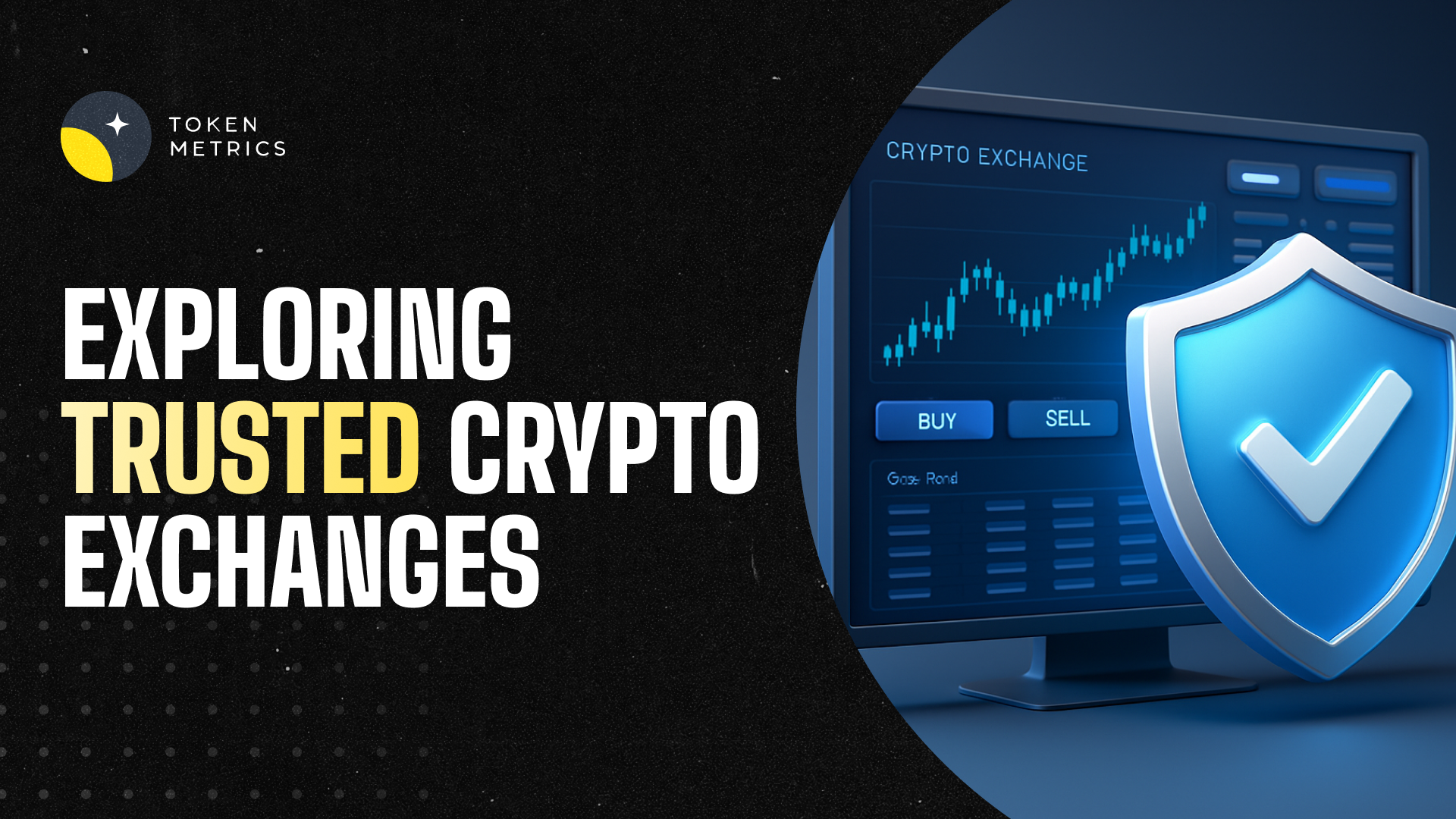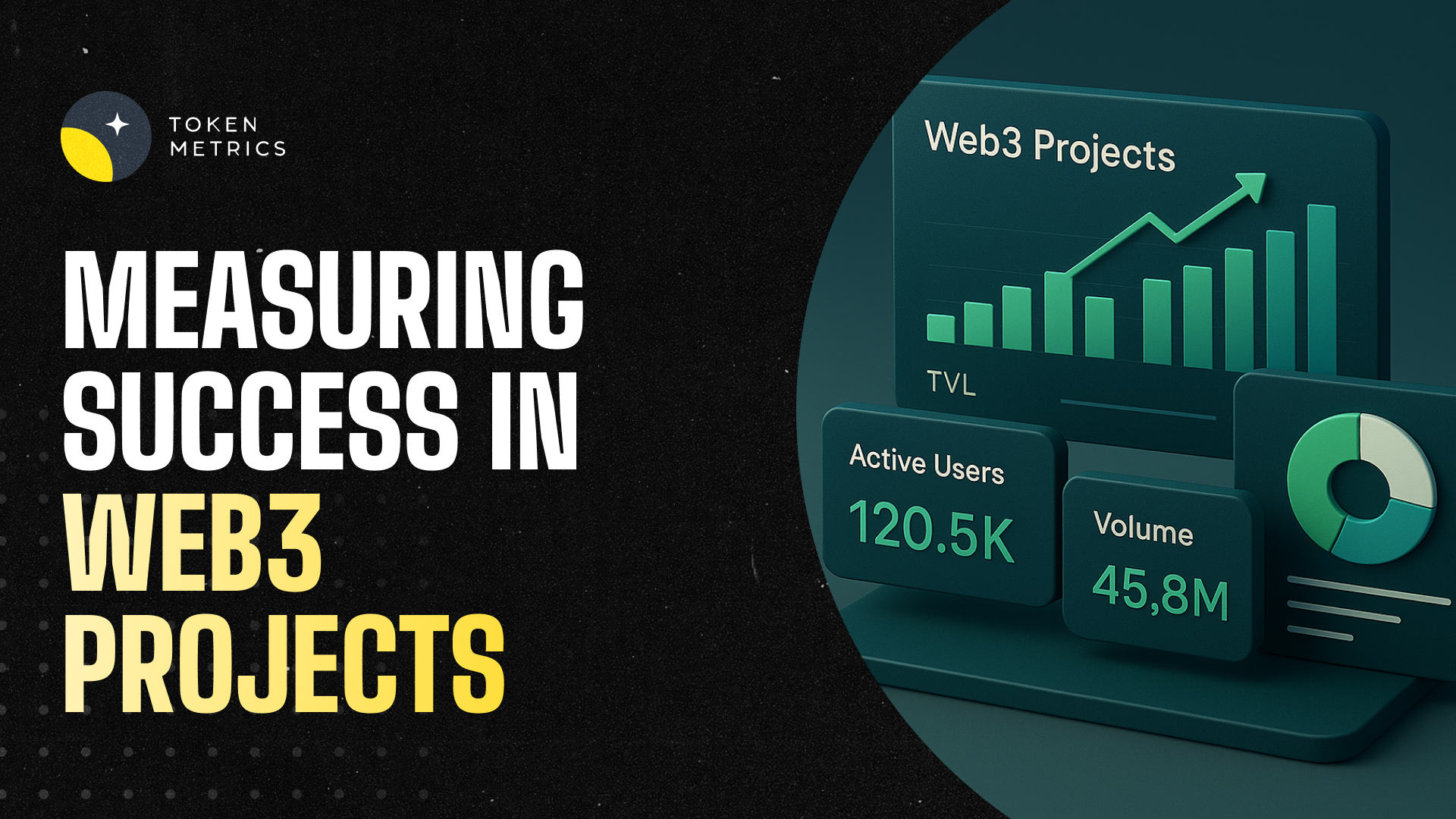Mastering Key Management for Secure Crypto API Services

In the fast-moving world of crypto, robust security isn’t just an option—it’s essential. With countless applications powered by APIs exchanging sensitive data, managing cryptographic keys effectively is a foundational pillar for trust and protection. But what exactly does strong key management look like for a crypto API service, and why does it matter so much?
What Makes Key Management Critical in Crypto API Services?
APIs are arteries of modern crypto platforms. They power everything from automated trading to blockchain analytics, moving sensitive data such as user credentials, wallet addresses, and real-time transaction histories. Cryptographic keys serve as the gatekeepers to this data—enabling authentication, encrypting requests and responses, and regulating who can interact with a service.
If keys fall into the wrong hands due to inadequate management, the repercussions are significant: data breaches, unauthorized withdrawals, reputational damage, and regulatory penalties. With rising cyberattacks targeting API endpoints and credentials, the standard for key management in crypto APIs is more rigorous than ever.
Core Principles of Crypto API Key Management
Effective key management goes beyond simple storage. The following principles are vital for any crypto API provider or developer:
- Confidentiality: Keys must only be accessible to authorized entities, at the right time, under the right circumstances.
- Integrity: Detect and prevent any unauthorized modifications to keys.
- Availability: Keys should be accessible for legitimate operations, preventing disruptions or lock-outs.
- Accountability: Activity involving keys should be logged and reviewed to support audits.
- Non-repudiation: Users and services must not be able to deny actions performed with their credentials.
Every aspect—from onboarding to deprovisioning an API key—should reinforce these pillars.
Best Practices for Crypto API Key Lifecycle Management
Securing a crypto API requires a disciplined approach throughout the key’s lifecycle: from its generation and distribution to rotation and retirement. Here’s a best-practices checklist for each stage:
- Secure Generation: Keys should be generated using strong, cryptographically secure random number generators. Avoid hard-coding keys in source code or sharing them in plaintext.
- Protected Storage: Store keys in dedicated hardware security modules (HSMs) or encrypted key vaults. Operating system-level protections and access controls should also be enforced.
- Controlled Distribution: Distribute API keys only over secure channels (such as TLS-enabled connections). For multi-party access, use role-based access control (RBAC) to restrict scope.
- Regular Rotation and Expiration: Keys should have defined expiration dates. Rotate them automatically or on-demand (for example, after personnel changes or suspected compromise).
- Revoke and Audit: Provide robust mechanisms to instantly revoke compromised or unused keys. Maintain detailed audit logs of key issuance, use, and deactivation for compliance reviews.
These best practices not only minimize the window of exposure but also simplify legal and regulatory compliance, such as with GDPR or SOC 2 obligations.
Implementing API Secrets Management and Access Control
API secrets, including API keys, tokens, and passphrases, are prime targets for attackers. Here are proven approaches for secrets management and enforcing secure access control:
- Environment Separation: Use separate API keys for development, testing, and production environments to limit risk.
- Minimal Permissions: Issue keys and tokens with the least privilege necessary (for example, read-only vs. read-write access).
- Zero Trust Design: Assume no default trust; authenticate and validate every request, regardless of source.
- Automated Secrets Discovery: Regularly scan codebases, repositories, and cloud resources for accidentally exposed keys.
- Multi-Factor Authentication (MFA): Pair API keys with additional forms of authentication where possible for critical operations.
Modern cloud-based API management platforms—and frameworks for zero trust security—can streamline these controls and offer centralized monitoring for potential threats.
Incident Response, Monitoring, and Continuous Improvement
No security system is infallible. Continuous monitoring and rapid incident response are essential components of key management for crypto APIs:
- Real-Time Monitoring: Deploy tools to monitor API usage, flagging anomalous patterns that could indicate abuse or compromise (e.g., high-frequency requests or atypical geolocations).
- Incident Playbooks: Have pre-defined processes for rotating/revoking keys and communicating incidents to stakeholders.
- Regular Audits: Schedule internal and third-party audits to assess key management processes, patch vulnerabilities, and validate compliance.
- Continuous Education: Train developers and administrators on emerging threats, social engineering tricks, and evolving best practices.
Adopting a proactive, improvement-focused mindset helps API providers stay resilient as attacker techniques grow more sophisticated.
Build Smarter Crypto Apps & AI Agents with Token Metrics
Token Metrics provides real-time prices, trading signals, and on-chain insights all from one powerful API. Grab a Free API Key
FAQ: What are Key Management Best Practices for a Crypto API Service?
How do I safely store crypto API keys?
Store keys in dedicated, encrypted vaults or hardware security modules (HSMs). Avoid keeping them in plaintext or hard coding them in application code or configuration files. Limit access via permissions and strong identity controls.
How often should API keys be rotated?
API keys should be rotated regularly (e.g., every 3–6 months) and immediately if there is any sign of compromise, personnel changes, or as part of a scheduled security protocol. Automation can streamline this process for large deployments.
What is the 'least privilege' principle for crypto APIs?
Issuing API keys with only the permissions absolutely necessary for a given user or system—such as read-only vs. write access—limits potential damage if a key is compromised. This approach helps reduce risk exposure and aligns with zero trust models.
Can API key management support regulatory compliance?
Yes. Proper key management practices, such as audit trails, incident response, and robust access controls, are essential components for demonstrating compliance with data protection and integrity standards like GDPR, SOC 2, or ISO 27001.
What happens if an API key is compromised?
If an API key is exposed, it should be revoked or rotated immediately. Monitor system logs for unauthorized activity, conduct a root cause analysis to determine how the key was compromised, and update protocols to prevent recurrence.
Disclaimer
This content is for educational and informational purposes only and should not be interpreted as legal, security, or investment advice. Always consult relevant professionals when implementing crypto security protocols or designing API services.
Create Your Free Token Metrics Account

.png)




%201.svg)
%201.svg)


%201.svg)










.svg)




.png)